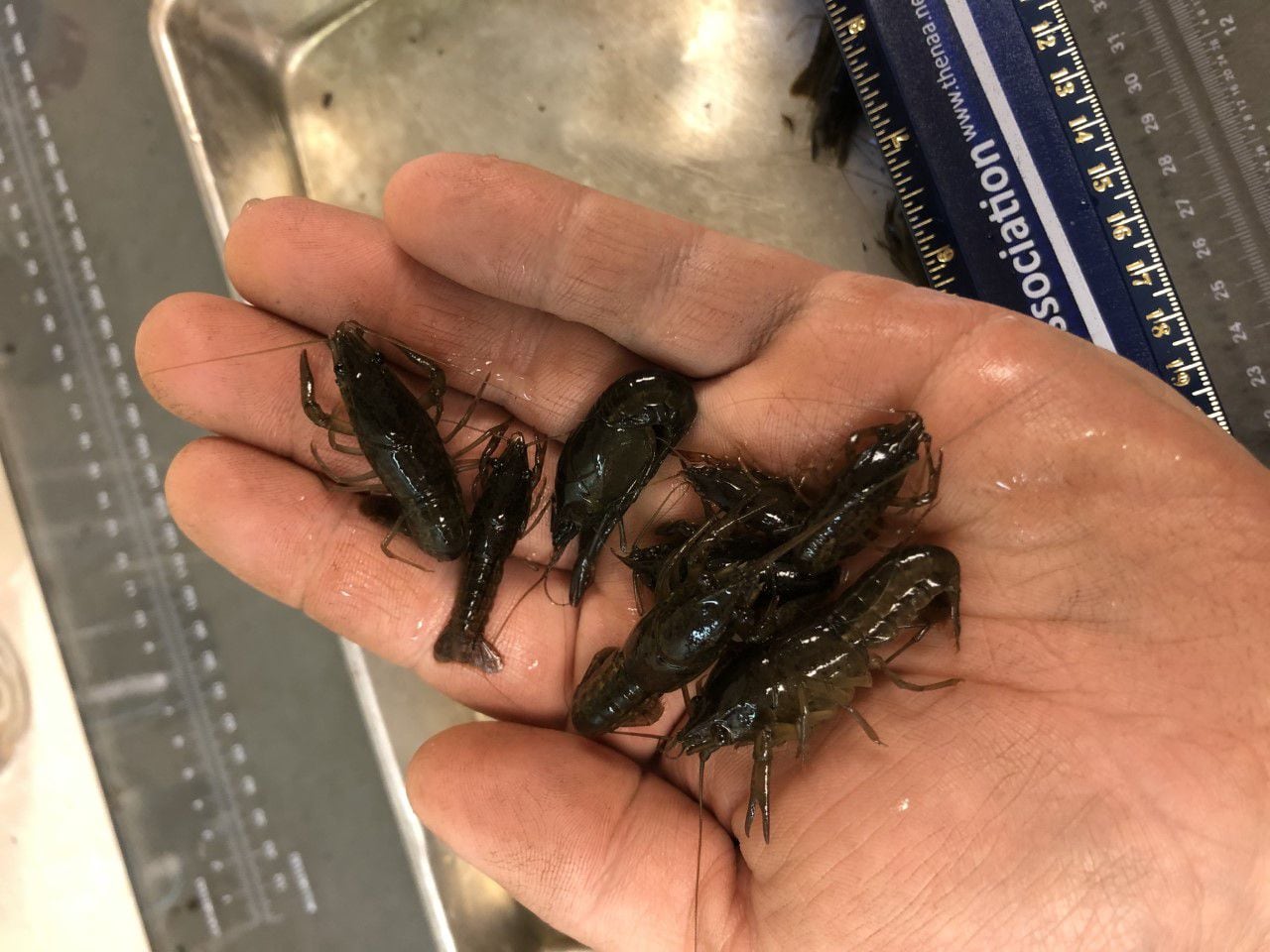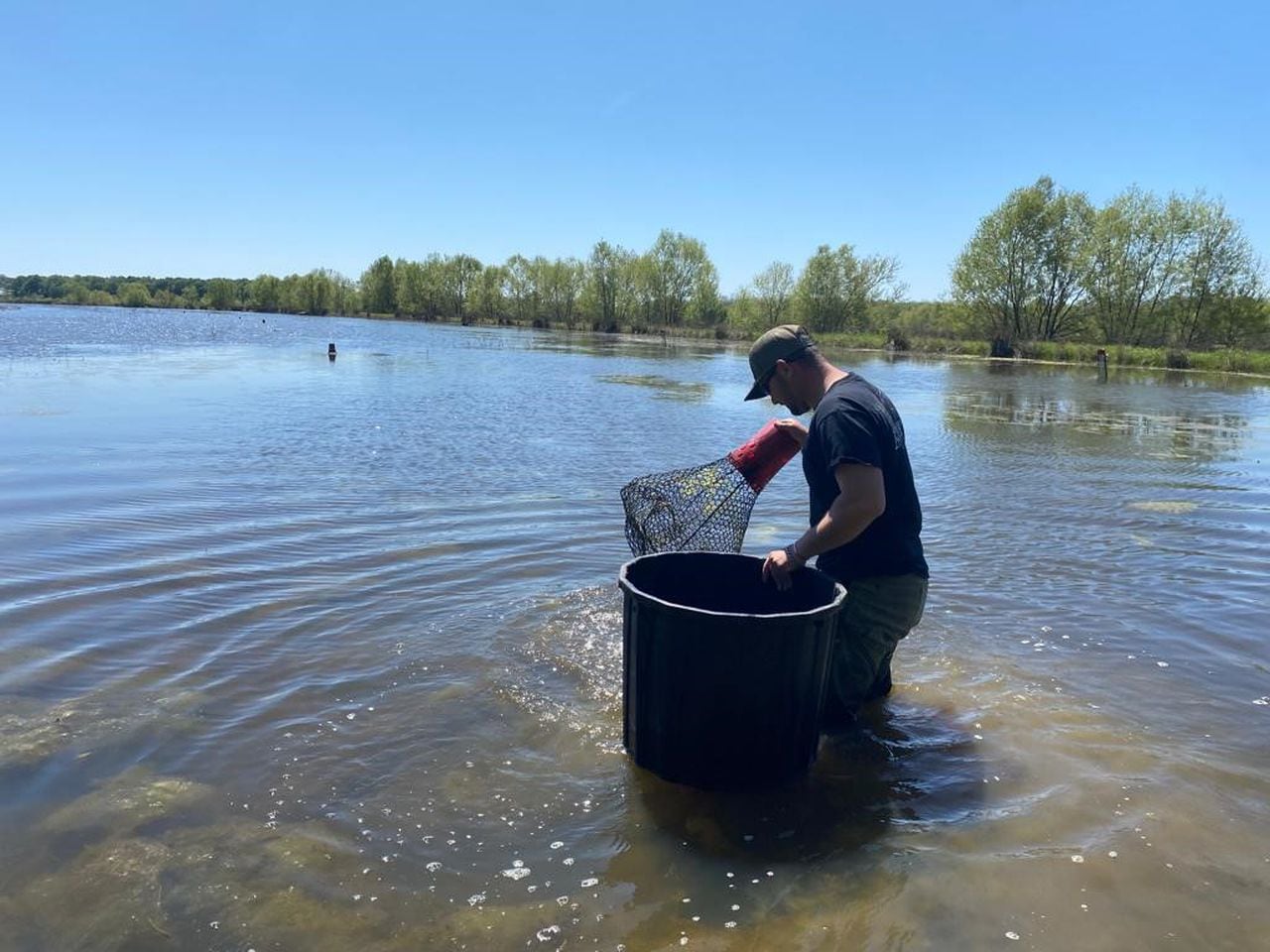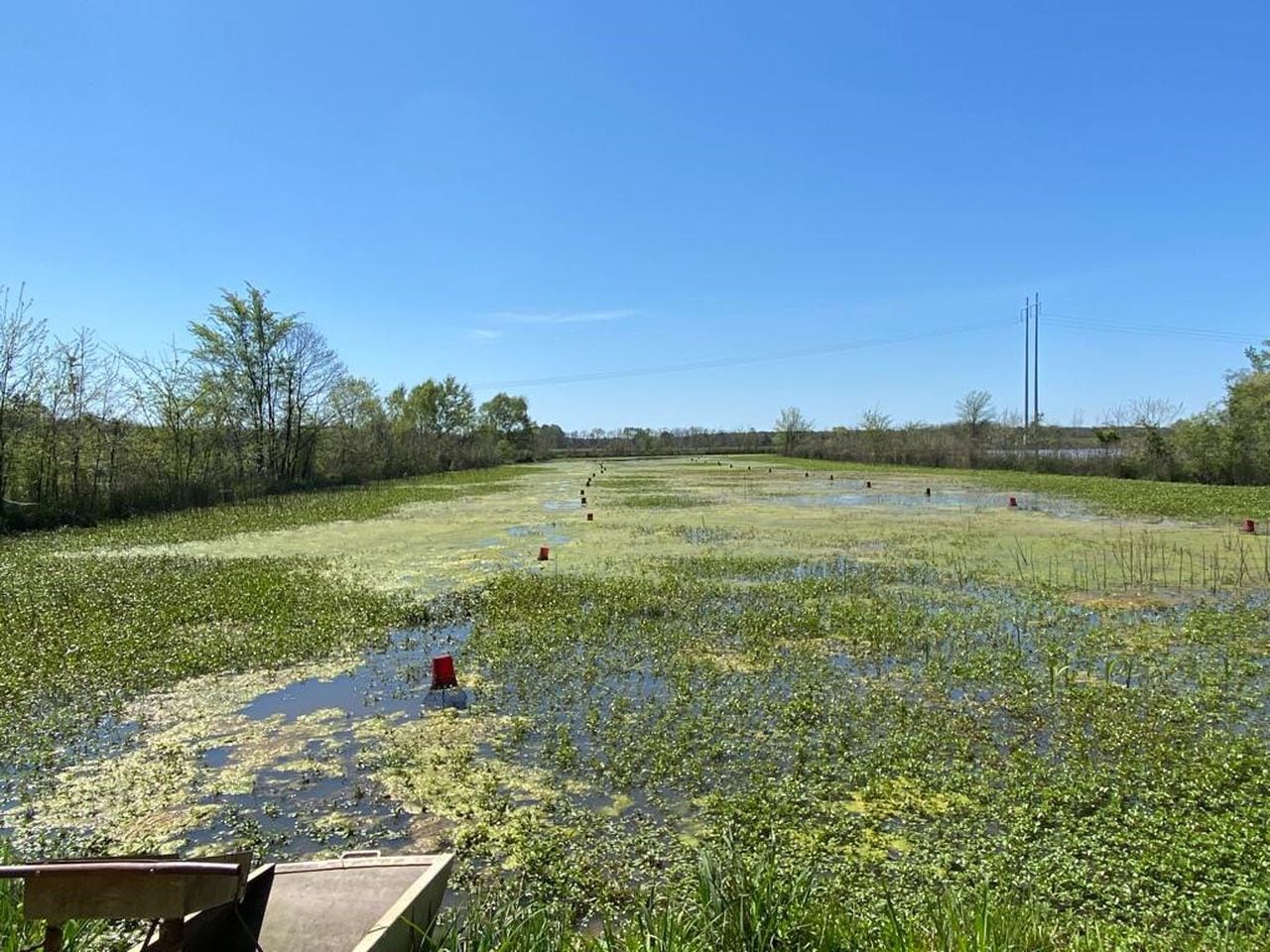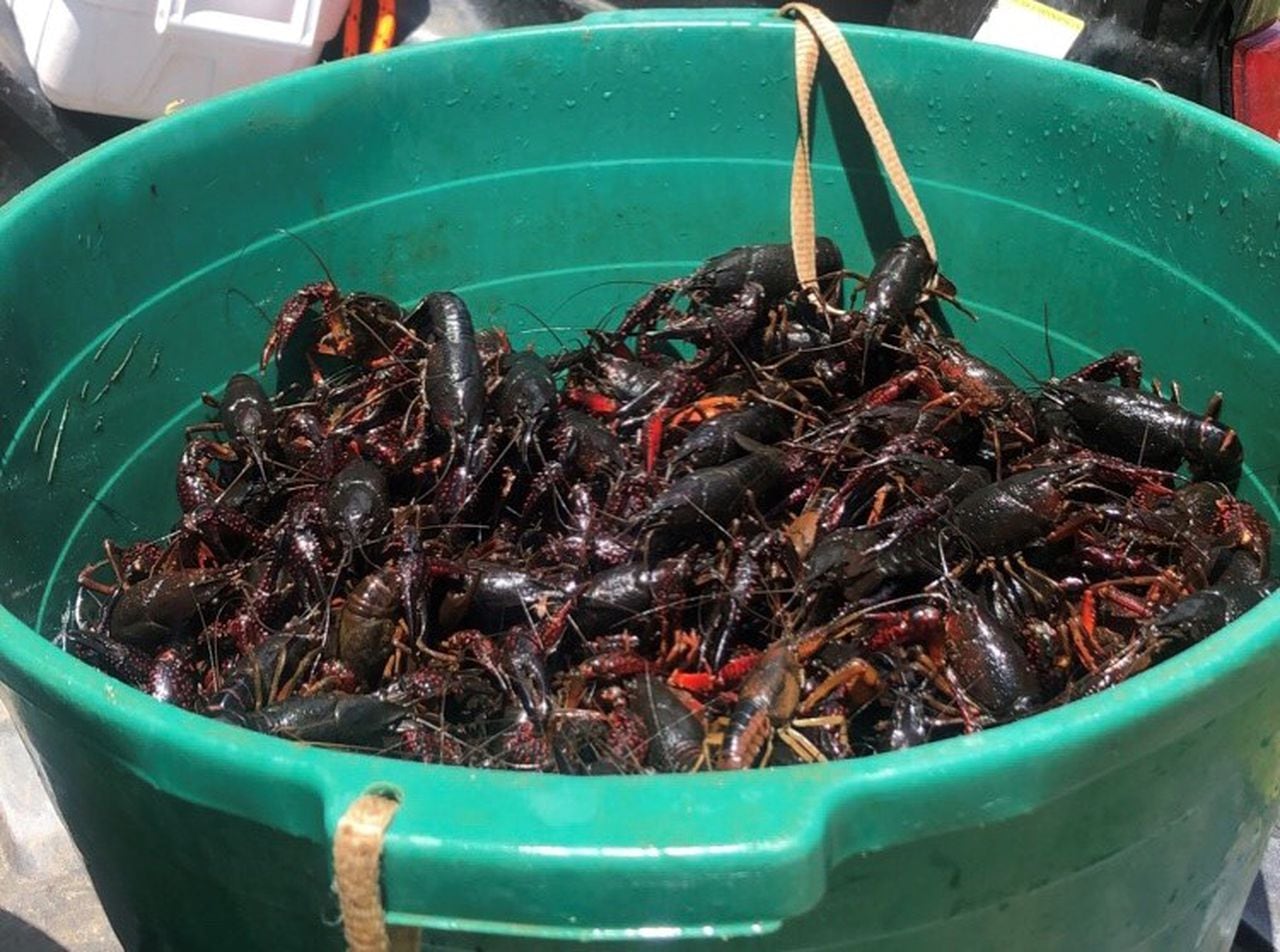Crawfish collapse: Low availability, skyrocketing prices for mudbugs in 2024
Anyone hoping to celebrate Mardi Gras with a piping hot crawfish boil this year may be out of luck — or have to pay more than double what they’re used to.
Crawfish farmers in south Louisiana — an area that supplies most of the nation’s mudbugs — are reporting dramatic declines in crawfish harvests this year, with some farms not reporting any harvestable crawfish.
“Production has been just a fraction, probably less than 5%, of what would normally be harvested in December in January,” said Mark Shirley, a crawfish specialist and extension agent with the LSU AgCenter in Louisiana.
“There are some fields in central Louisiana that show a little bit more promise of production, so we may see the catch increase as we get into March and April, but it’s nowhere near what it should be.”
The collapse is being blamed on a record-setting drought that impacted Louisiana last summer and fall, causing many of the natural ponds that farmers use to grow crawfish to dry up.
Shirley said that crawfish typically pass the summer and fall in underground burrows that stay moist, even as ponds dry. But this year, the drought was so severe that many of those burrowed crawfish could not survive.
“I don’t know the exact percentage, but we can say that the majority of the crawfish died in the burrow because the ground cracked and the water down that burrow dried up some of those crawfish just dried up and died,” Shirley said.
Crawfish harvested from a farm in Hale County, Ala.Courtesy Jesse James
Growers will also face some tough decisions in the coming months, as they decide whether to sell the crawfish they have or use them to boost the population for next year.
“The farmers are concerned right now is if they’ll have enough stock to stock all the fields for next year’s production,” Shirley said. “It’s going to be a tight supply of crawfish all through April and May, and the price will still be unusually high.”
Alabama feels the pinch
The shortage has already made waves in Alabama. Crawfish vendors like the Red Mountain Crawfish Company and Crawdaddy’s in Birmingham and Mudbugs in Mobile say the cost of crawfish is double what it normally is this time of year — if they can find crawfish at all.
The Birmingham vendors have chosen not to begin selling crawfish yet this year, due to the limited and expensive supply of crawfish.
“Prices now are double on the ones you can get and you can’t even get the volume that you need to operate anyway,” said Derek Linton, owner of Crawdaddy’s.
Linton said the plan is to delay selling crawfish until probably March, as opposed to the usual beginning of the season in mid-January.
“Our typical season lasts roughly around 22 weeks is what we count on for our income,” Linton said. “Out of 22 weeks, if you take six of those away, that’s a pretty big deal. And then that doesn’t account for you know what may happen later in the season, if we even make it into June.”
Crawdaddy’s is based in Oxford, Miss., but sells crawfish at two locations the Birmingham area — at Brock’s Gap Brewery in Hoover and a food truck off Highway 31 in Vestavia Hills. The company also provides crawfish for the University of Alabama for special events.
Linton said he remains optimistic that the harvest will come back in March, as he may be able to get crawfish from areas farther north in Louisiana that may not have been impacted as severely by the drought.
“The farms that generally produce those early season crawfish are the farms in deep south Louisiana,” Linton said. “They’re the ones to get the mature females and juveniles first, and they simply just did not survive.
“So it has almost been a waiting game for the for the farms in central Louisiana who start producing at the end of February, first of March, to see what kind of harvest they will produce.”

Juvenile crawfish sampled in October at the Alabama Catfish Farming Center in Greensboro, Ala.Courtesy Jesse James
Red Mountain Crawfish Company is the supplier for many events around central Alabama, including the upcoming Fat Tuesday Crawfish Boil at Avondale Brewing on Feb. 13.
Red Mountain Crawfish’s Joshua McCallie said that at this point, he’s not certain he can have crawfish for that event and they may be limited to foods like shrimp and crab instead for that event. He said the south Louisiana crawfish farms he usually uses are coming up empty so far in 2024.
“Right now there’s no crawfish when normally they would be bringing hundreds of sacks a day,” McCallie said.
Mudbugs in Mobile is selling crawfish, but at $12.99 a pound or more, more than double last year’s price. The company declined an interview with AL.com on the matter.
Alabama crawfish farms hit too
While Alabama doesn’t have nearly as many crawfish farms as Louisiana, there are some farmers who supplement their income by harvesting and selling crawfish, usually to their neighbors around south Alabama.
“We don’t really have anybody here that does it as a primary income,” said Jesse James, a research associate with the Alabama Cooperative Extension System who also grows crawfish with his dad at their family farm. “It’s all kind of just side money, but you get to where you depend on the side money.”

Jesse James empties a crawfish trap at his family’s farm in Hale County, Ala.Courtesy Luke Roy
James and Alabama Cooperative Extension System Professor Luke Roy said the drought that wiped out much of the Louisiana crop has impacted Alabama as well.
“Our season always starts a month or two behind Louisiana just because it stays cooler up here longer,” James said. “But right now we’re not seeing very many, so it’s looking like we’re probably going to be in about the same situation [as Louisiana].”
Roy, who is also assistant director of the Alabama Fish Farming Center in Greensboro, said most crawfish ponds are only about 1-2 feet deep, manmade and are planted with a crop like rice.
Then, when the mudbugs are in season, baited traps are put out that have to be checked by hand. Roy said the Alabama Extension is working with the U.S. Department of Agriculture to develop new crawfish baits that will be less expensive and easier than using cut fish, as well as other techniques to make crawfish farming easier.
“We’re potentially going to be doing a research trial looking at a different bait types,” Roy said. “So we do we do do a little bit of research with the crawfish side.”

Commercial crawfish harvests usually take place in shallow, manmade ponds like this one in Hale County, Ala.Courtesy Luke Roy
‘The die has been cast’
Linton, owner of Crawdaddy’s, said he hopes the situation is a one-time problem.
“I‘ve been doing it for 14 years, I’ve never seen this,” Linton said. “The farms I deal with, the suppliers I’m dealing with here have been in the business 30, 40, 50 years and they’ve never seen this. The drought was a 158-year drought. So it’s something that we may never see in our lifetime again.”
Shirley at the LSU Extension, was less optimistic, saying “the die has been cast.”
Shirley said even if Louisiana gets more rain now, it won’t bring back the crawfish that perished in dried out burrows this summer.
“If the population has been reduced down to 10% of what a normal crop would be, that’s all that we have to potentially harvest,” Shirley said. “A bunch of rain is not going to make a jump to 50%. We just don’t have that many crawfish in the pond.
“We will see the supply pick up a little bit during the next month or two. But it’s still gonna be a very short supply.”
